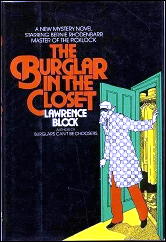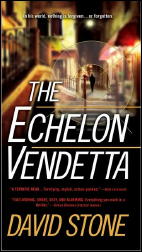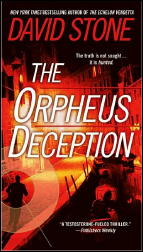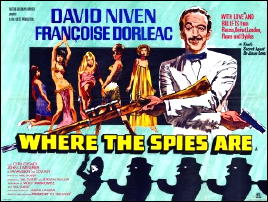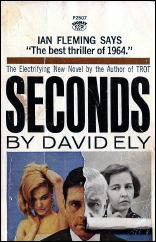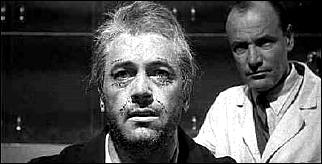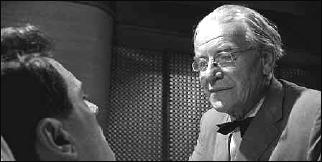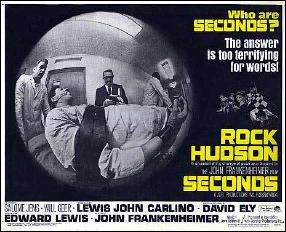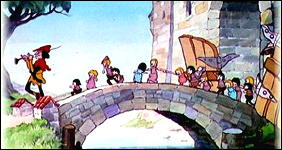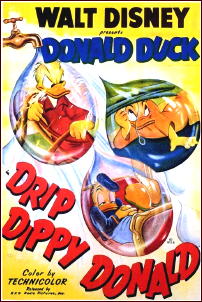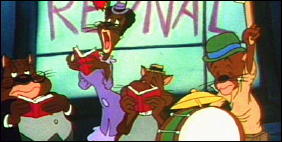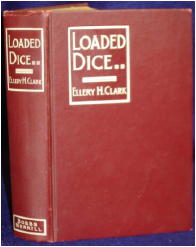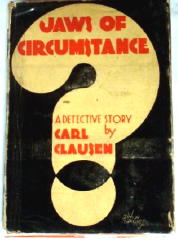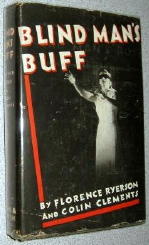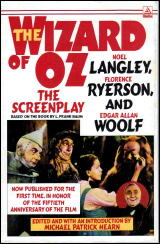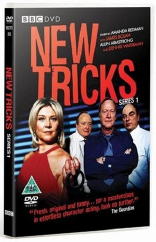Mon 24 Aug 2009
A 1001 MIDNIGHTS review: LAWRENCE BLOCK – Burglars Can’t Be Choosers.
Posted by Steve under 1001 Midnights , ReviewsNo Comments
by Marcia Muller:
LAWRENCE BLOCK – Burglars Can’t Be Choosers. Random House, hardcover, 1977. Paperback reprints include: Jove, 1978; Pocket, 1983; Onyx, 1995; Harper Torch, 2004.
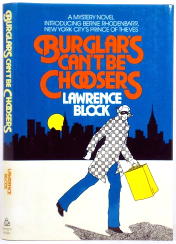
Bernie Rhodenbarr is no ordinary burglar; he is a professional of finesse, charm, and good common sense. At least that is what he tells himself when he enters an apartment on Manhattan’s Upper East Side, where he has been commissioned to find a blue leather box — a box he has been advised not to open.
Unfortunately, the box isn’t where it should be, nor is there anything else of interest, and Bernie is about to depart when the cops arrive. No novice at such problems, he successfully bribes the officers with his advance on the burglary commission, and is about to take his leave once more when one of them turns up a body in the bedroom.
The officer has the grace to faint on the Bokhara carpet; the other is distracted; and Bernie flees.
From here on out, Mr. Rhodenbarr is engaged in a flight to keep himself free, and a quest to find out just who attempted to frame him for the murder of entrepreneur J. Francis Flaxford-tenant of the apartment he was set up to burgle. There are a lot of amusing moments, a surprise roommate for Bernie, and a good amount of burglar lore.
Also entertaining are The Burglar in the Closet (1978), The Burglar Who Liked to Quote Kipling (1979), The Burglar Who Studied Spinoza (1980), and The Burglar Who Painted Like Mondrian (1983).
———
Reprinted with permission from 1001 Midnights, edited by Bill Pronzini & Marcia Muller and published by The Battered Silicon Dispatch Box, 2007. Copyright © 1986, 2007 by the Pronzini-Muller Family Trust.
